Exploring Uncharted Territories: Marketing in a Global, Diverse, and Evolving Environment
Global Marketing
Global marketing refers to the process of planning and executing the conception, pricing, promotion, and distribution of goods and services to create exchanges that satisfy individual and organizational objectives on a worldwide scale.
For firms of all sizes, global marketing has become the “new normal”.
How Is This So?
The statement “global marketing is the ‘new normal'” reflects a significant shift in how businesses approach marketing in today’s interconnected world. This shift is not solely a result of the COVID-19 pandemic but is also driven by broader trends in globalization, digital transformation, and changing consumer behaviours[1][2].
The New Reality
This video provides insights into how digital transformation and global consumer trends are shaping the “new normal” in global marketing.
“Trading Forward” [3:19 min] by World Trade Organization[3]
If you are using a printed copy, you can scan the QR code with your digital device to go directly to the video: Trading Forward” [3:19 min] by World Trade Organization

Key Aspects of Global Marketing as the “New Normal”
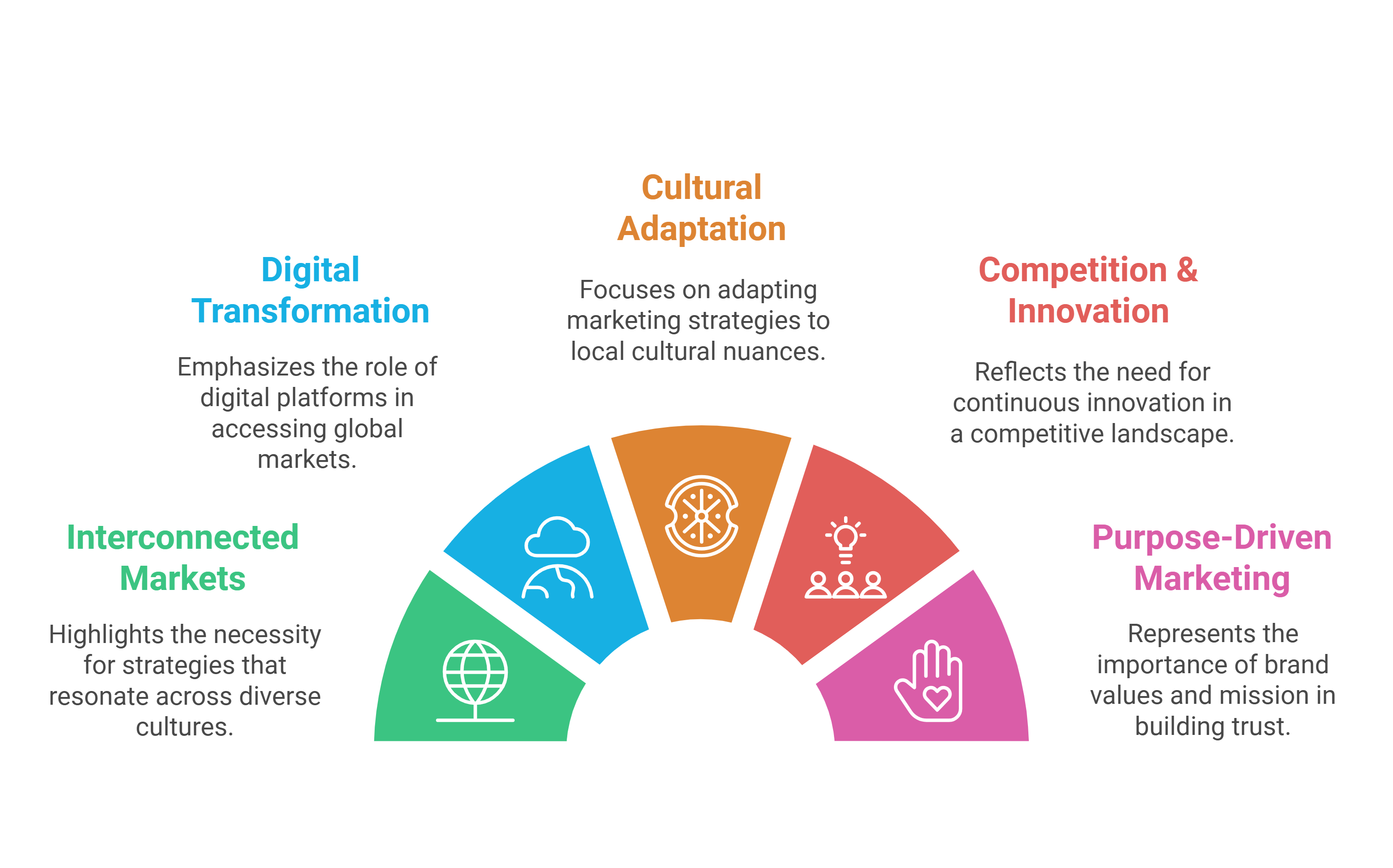
The five key aspects of global marketing are:
- Interconnected Global Markets: The global economy has grown more interconnected, a trend accelerated by the COVID-19 pandemic. To succeed in this environment, companies must develop strategies that resonate across diverse cultures, requiring a thorough understanding of international markets and a commitment to a global marketing approach.
- Digital Transformation: The rise of digital technologies has revolutionized access to global markets. Digital platforms enable brands to connect with consumers worldwide, requiring marketing strategies that are both globally applicable and locally adaptable. This digital shift has made global marketing a standard practice rather than the exception.
- Cultural Relevance and Adaptation: Effective global marketing strikes a balance between standardization and adaptation. While a consistent brand image is vital, companies must also adjust their strategies to reflect local cultural nuances and consumer preferences. This flexibility is key to successfully connecting with diverse audiences.
- Increased Competition and Innovation: As more companies enter global markets, competition intensifies and drives the need for continuous innovation. Organizations are required to adopt creative marketing strategies that differentiate them on a global scale, making rapid innovation a feature of the “new normal” in global marketing.
- Purpose-Driven Marketing: Consumers increasingly expect brands to stand for something beyond profit. Purpose-driven marketing, which emphasizes a brand’s values and mission, has become more relevant than ever in the global landscape. Companies leverage this approach to build trust and loyalty across different markets.
Example
Global Marketing
Nike’s “What the Football” Campaign
This campaign celebrated the Women’s World Cup by featuring top soccer players and emphasizing a father-daughter bond through their shared love of the sport. It highlights how brands use cultural events to connect globally while maintaining local relevance[4].
“What The Football | Nike Football” [2:30 min] by Nike Football[5]
If you are using a printed copy, you can scan the QR code with your digital device to go directly to the video: What The Football | Nike Football” [2:31 min] by Nike Football

The “new normal” in global marketing requires organizations to think globally but act locally, leveraging digital tools and cultural insights to engage effectively with audiences worldwide. This approach is now a fundamental aspect of strategic business planning rather than an optional extension of domestic marketing efforts.
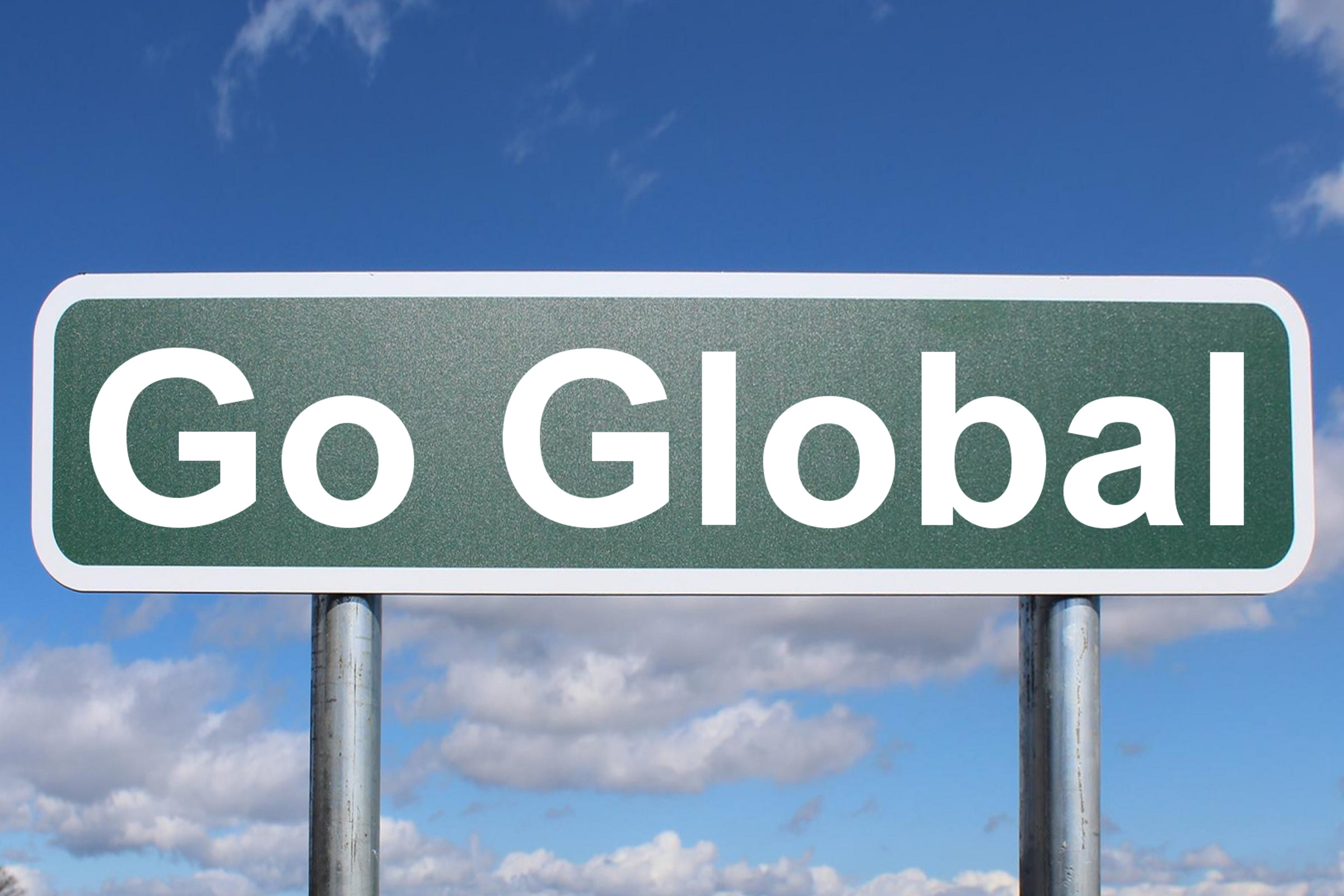
Why Go Global?
Expanding globally offers numerous strategic advantages for businesses, including:
- Expanding a business
- Reaching new markets
- Lowering costs
- Seasonal diversification
- Access to talent
- Brand recognition
- Innovation and knowledge transfer
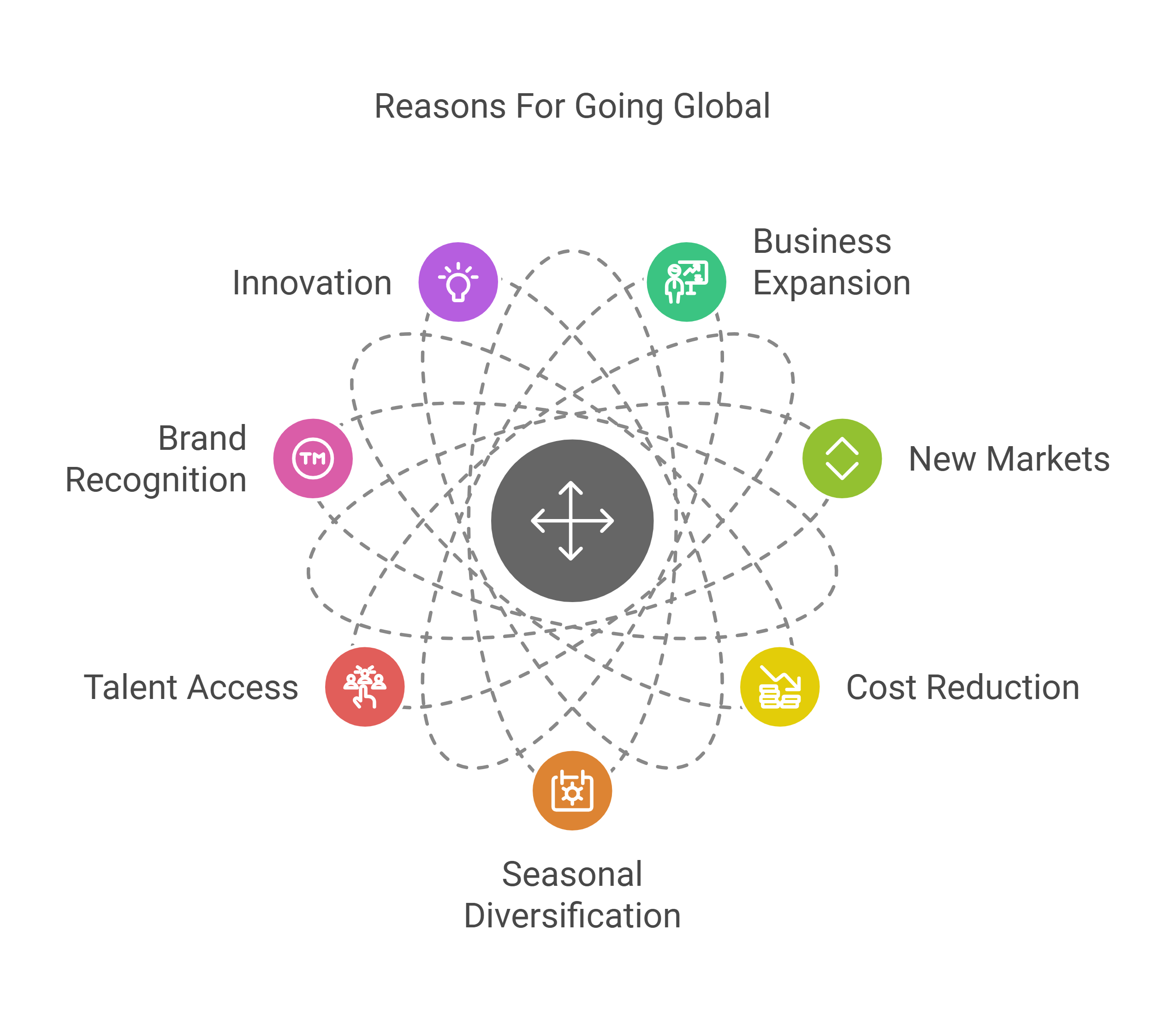
Expanding a Business
Expanding globally allows companies to grow beyond their domestic markets, accessing new revenue streams and diversifying their operations. This strategy is particularly effective in the tourism, hospitality, and leisure sectors.
Examples
Expanding Your Business
Hotel Chains: Marriott International has successfully expanded its portfolio to over 130 countries, adapting its brands to local preferences while maintaining consistent quality standards. For instance, in Asia, Marriott has introduced brands like Moxy to cater to millennial travelers, while in the Middle East, it has focused on luxury offerings[6][7].

Theme Parks: Disney has taken its theme park concept global, with locations in the United States, France, Japan, Hong Kong, and Shanghai. Each park incorporates local cultural elements while retaining Disney’s core magical experience[8].

Reaching New Markets
Global expansion allows companies to tap into diverse consumer bases, each with unique preferences and cultural nuances.
Examples
Reaching New Markets
Online Travel Agencies (OTAs): Booking.com has expanded its reach to over 220 countries, offering localized websites and customer support in over 40 languages. This approach has allowed them to cater to a wide range of travel preferences and booking habits across different cultures[9].
Cruise Lines: Royal Caribbean has tailored its offerings to attract Chinese tourists, designing ships specifically for the Asian market with features like expanded shopping areas and Asian cuisine options[10].
Lowering Costs
Going global can help companies reduce operational expenses through strategic outsourcing and accessing more cost-effective resources.
Example
Lowering Costs
Seasonal Diversification
Tourism and hospitality businesses can lessen the impact of seasonal fluctuations by operating in different hemispheres.
Example
Seasonal Diversification
Ski Resorts: Vail Resorts has expanded from North America to Australia, allowing them to offer year-round skiing experiences to their customers and maintain steady revenue streams[12].
Access to Talent
Global expansion provides access to diverse talent pools.
Example
Access to Talent
Hospitality Education: Swiss-based hospitality school Ecole hôtelière de Lausanne has opened campuses in Singapore and China, tapping into the growing demand for hospitality education in Asia while accessing local talent[13].
Brand Recognition
Operating globally can enhance a company’s reputation and brand value.
Example
Brand Recognition
Luxury Hotels: Four Seasons has built its brand on consistent luxury experiences across the globe, which has helped it attract high-end travelers and maintain premium pricing.
Innovation and Knowledge Transfer
Global operations can foster innovation through exposure to diverse markets and practices.
Examples
Innovation and Knowledge Transfer
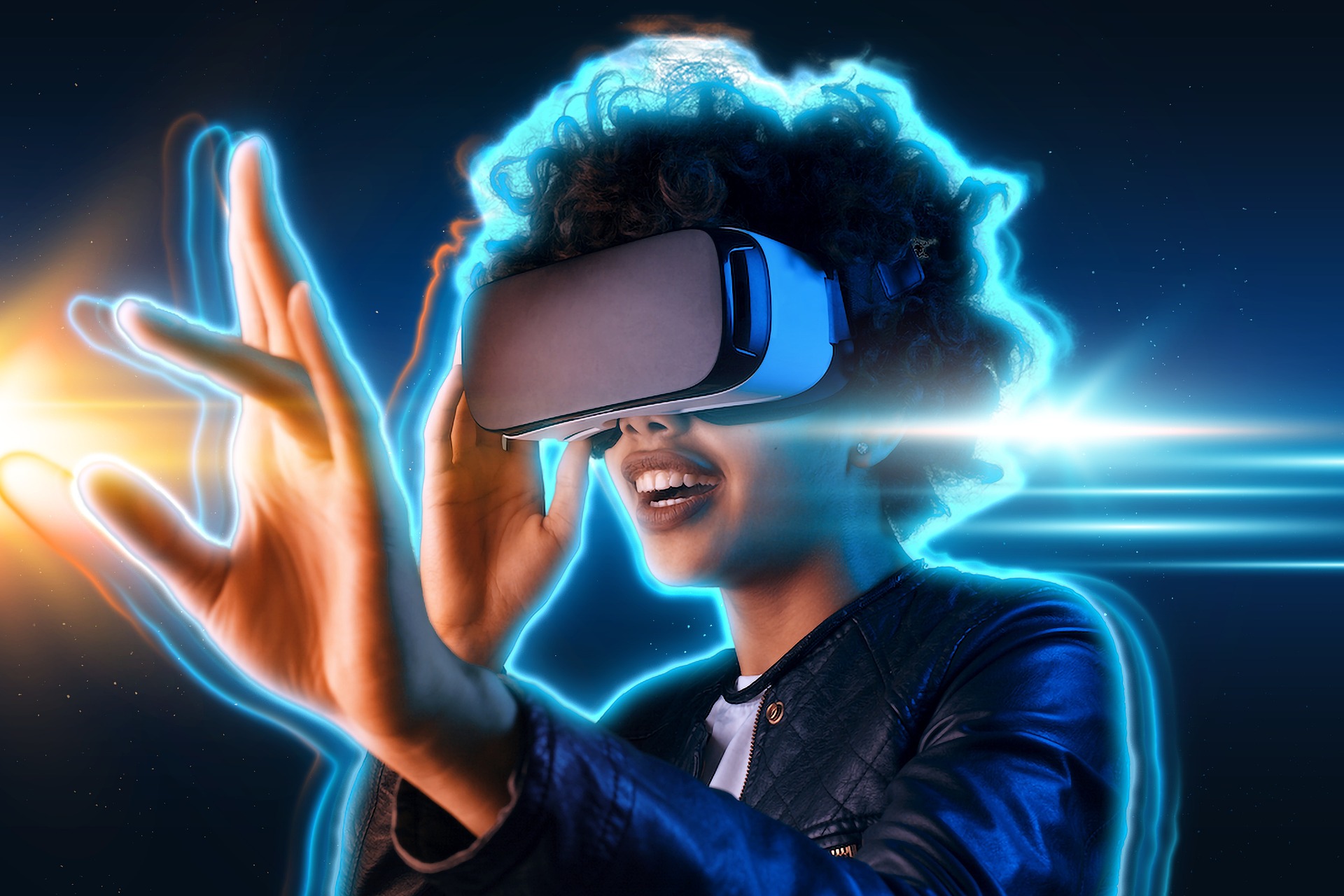
The exploration of virtual reality (VR) and augmented reality (AR) technologies in hotels demonstrates how global chains can test and transfer innovative ideas across their operations. This approach to knowledge transfer through global operations is supported by several examples from the hospitality industry[14][15]:
- Shangri-La Hotels and Resorts, a global luxury hotel chain, has leveraged VR technology to offer guests unique in-room entertainment experiences. Guests can use VR headsets to embark on diverse adventures without leaving their rooms, showcasing how innovative ideas can be implemented across a global hotel network.
- Marriott Hotels, with its ‘VRoom Service,’ exemplifies the global transfer of VR technology. The company has capitalized on VR to present potential guests with immersive, 360-degree tours of various locations and rooms, allowing customers to make informed decisions about their stays across different properties worldwide.
- Hilton Hotels has found a practical use for VR technology in staff training programs across its global operations. Employees can participate in simulated scenarios modeled on real-world situations, allowing for consistent training experiences across different locations.
- Hyatt Hotels, operating internationally, is exploring ways for guests to use AR via their smartphones to unlock room doors or customize room settings like lighting, temperature, and entertainment. This demonstrates how AR innovations can be tested and implemented across a hotel chain’s global portfolio.
How?
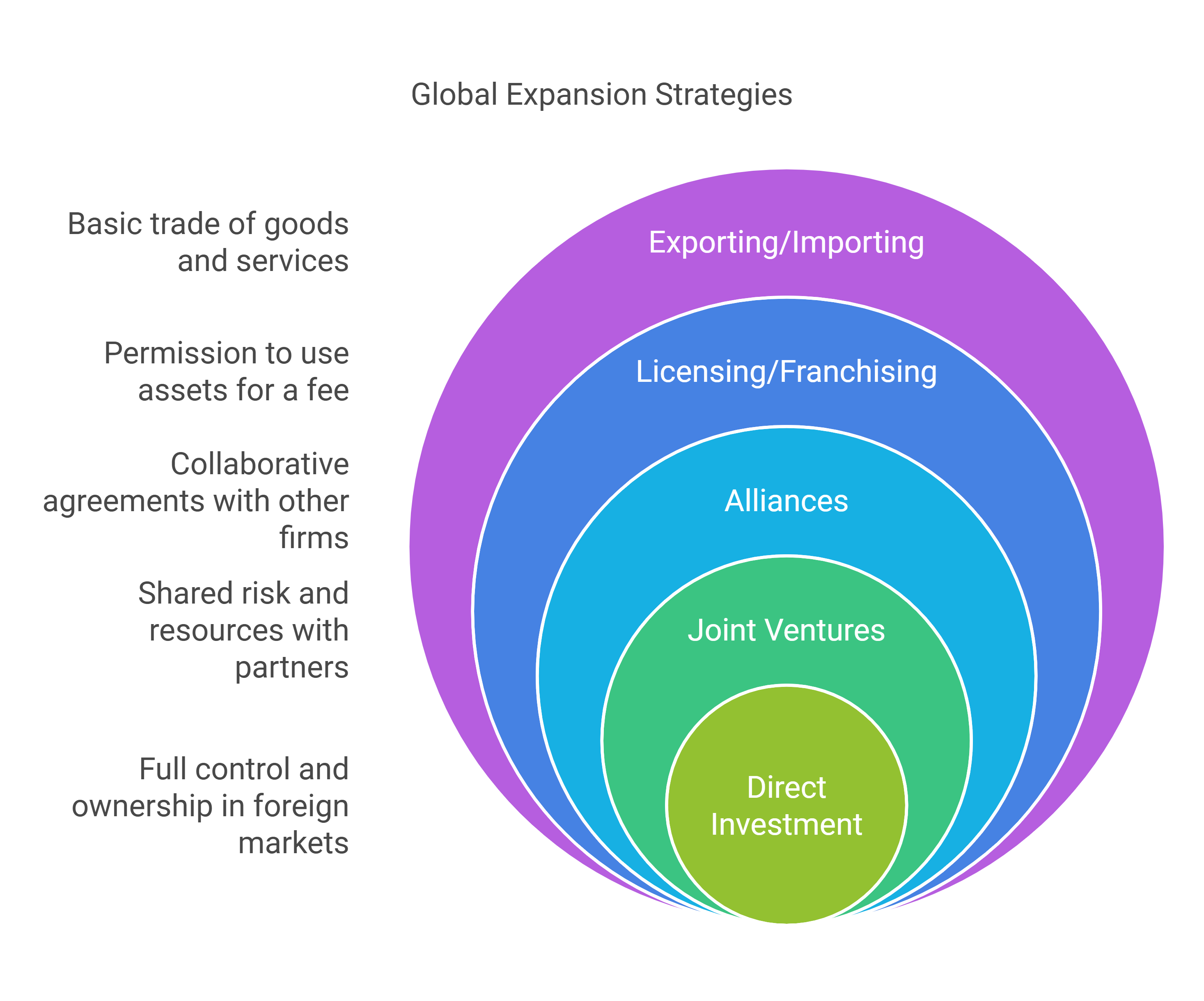
Firms can expand globally through various approaches, each with its own set of risks and rewards. The following table details some global expansion strategies.
| Strategy | Description | Risks | Rewards | Example |
|---|---|---|---|---|
| Exporting /Importing | Selling products or services to foreign markets from a domestic base or purchasing goods/services for domestic use. |
|
|
A Canadian winery exporting ice wine to luxury hotels in Japan to cater to high-end tourists. |
| Licensing /Franchising | Licensing allows a foreign company to use intellectual property in exchange for fees.
Franchising grants rights to use a business model and brand in foreign markets. |
|
|
Hilton granting franchise rights for its hotels in China, ensuring brand consistency while benefiting from local expertise[16]. |
| Joint Ventures | Partnership between domestic and foreign companies to create a new entity in the target market. |
|
|
Disney partnering with local investors to establish Shanghai Disneyland, incorporating Chinese cultural elements[17]. |
| Direct Investment | Establishing wholly owned subsidiaries or acquiring existing companies in foreign markets. |
|
|
Marriott acquiring local boutique hotel chains in Europe to expand its portfolio and directly manage operations[18]. |
| Alliances | Strategic partnerships or collaborations with foreign companies without creating a separate entity. |
|
|
Expedia collaborating with airlines and hotels globally to provide comprehensive travel packages without owning physical assets. |
Each of these approaches offers different levels of control, risk, and potential rewards. The choice depends on factors such as the company’s resources, goals, target market characteristics, and risk tolerance. Companies often use a combination of these methods as they expand globally, adapting their strategy to different markets and evolving business needs.
Understanding The Global Environment
As we learned in Chapter 1, the external environment consists of factors outside an organization that it cannot control but must adapt to. On a global scale, these factors may seem distant, but they can have a major impact on a firm. Understanding the global environment is essential for organizations navigating today’s interconnected world.
This environment represents a complex web of influences that shape how businesses operate across borders. These influences include:
- Socio-cultural environment
- Economic environment
- Political and regulatory environment
- Demographics
- Natural resources
- Infrastructure
- Technology
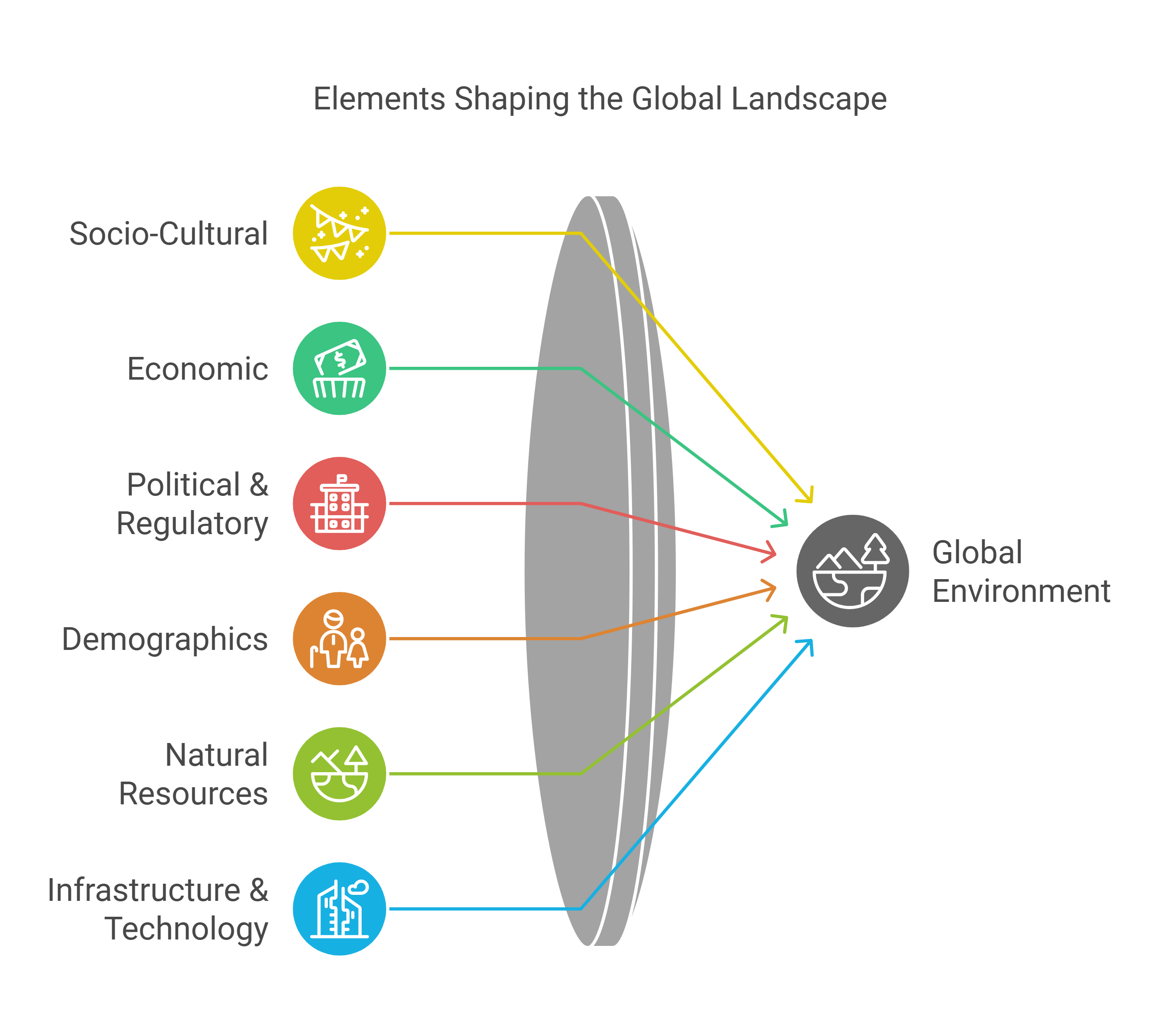
Socio-Cultural Environment
The socio-cultural environment includes language, customs, values, and social norms that influence consumer preferences and purchasing decisions. Understanding socio-cultural nuances helps companies tailor their products, services, and marketing messages to resonate with local audiences.
Example
Socio-Cultural Environment
Successful global marketing requires balancing standardization with adaptation to local cultures. Brands that understand and respect local customs and values are more likely to build trust and loyalty.
For example, McDonald’s adapts its menu to suit local tastes. In India, they offer the McAloo Tikki burger to cater to vegetarian preferences, while in Japan, they serve Teriyaki McBurgers to align with local flavour preferences.
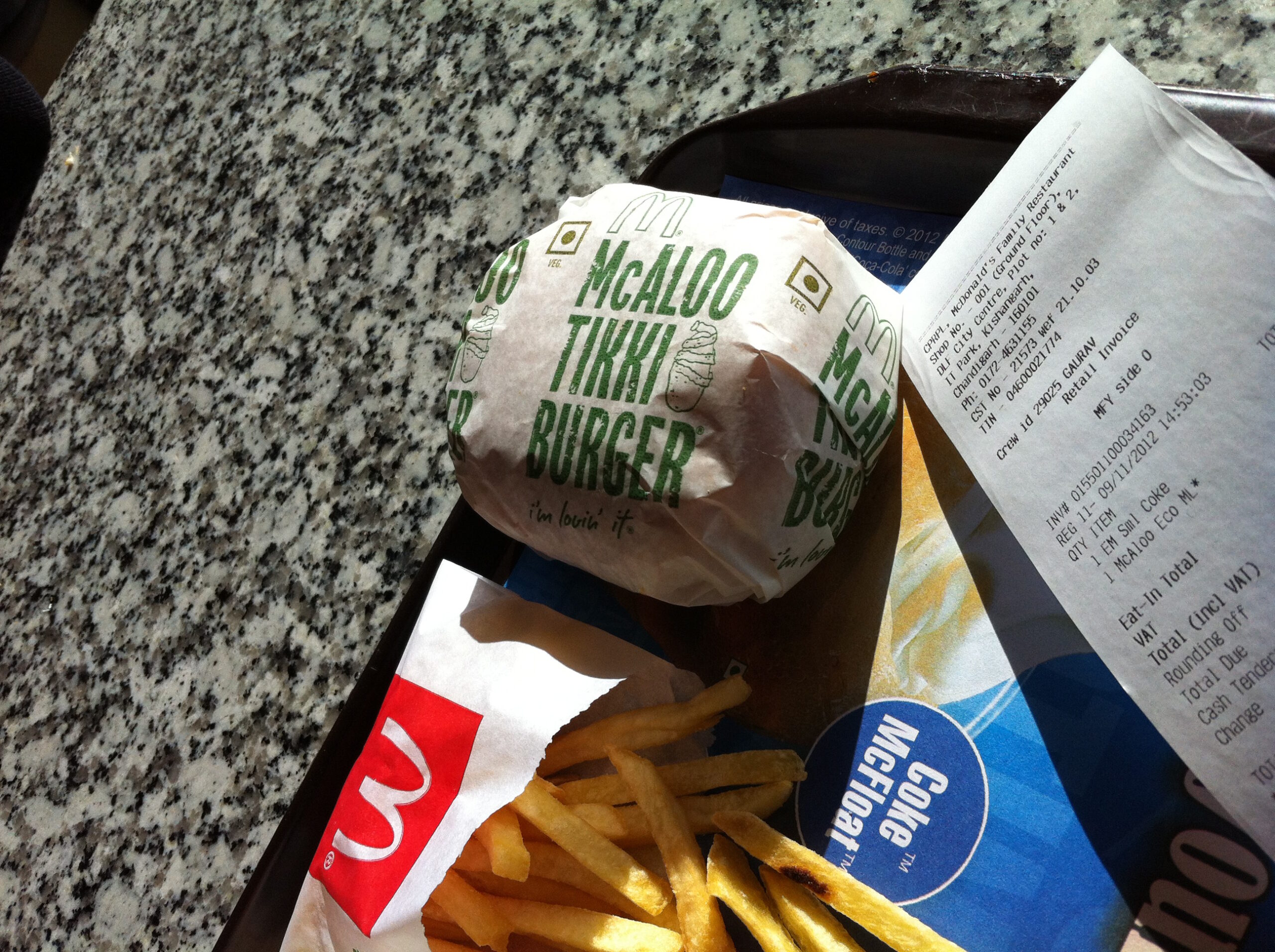
“McSpaghetti? How McDonald’s Crafts Its Country-Exclusive Menus | WSJ The Economics Of” [6:06 min] by The Wall Street Journal[19]
If you are using a printed copy, you can scan the QR code with your digital device to go directly to the video: McSpaghetti? How McDonald’s Crafts Its Country-Exclusive Menus | WSJ The Economics Of” [6:06 min] by The Wall Street Journal

Cultural Intelligence in Global Marketing
Cultural intelligence (CQ) refers to the ability to understand, adapt to, and effectively operate in different cultural contexts. It is a crucial component of navigating socio-cultural factors in global marketing.
Importance in Global Marketing:
- Enhances communication with diverse audiences
- Helps avoid cultural faux pas that could damage brand reputation
- Enables more effective localization of marketing strategies
- Improves relationship-building with local partners and customers
“The Myth of Globalisation | Peter Alfandary | TEDxAix” [13:53 min] by TEDx Talks[20]
Geert Hofstede’s Cultural Dimensions — Revisited
We learned about Geert Hofstede’s work on cultural dimensions in Chapter 2 when we examined factors that influence consumer decisions. According to Geert Hofstede’s cultural dimensions theory[21], there are six key dimensions that can be used to understand cultural differences across nations:
- Individualism vs. collectivism
- Power distance
- Uncertainty avoidance
- Masculinity vs. femininity
- Long-term vs. short-term orientation
- Indulgence vs. restraint
Understanding these dimensions can help build cultural intelligence by providing a structured way to analyze and compare cultural differences.
Application in Global Marketing: Marketers can use Hofstede’s dimensions to tailor their strategies to specific cultural contexts. For example, in collectivist cultures like Japan, marketing messages that emphasize group harmony and social benefits may be more effective than those focusing on individual achievement.
Review the six dimensions mapped globally here: The 6-D Model of National Culture[22]
Compare the dimensions across cultures here: Country Comparison Tool[23]
Economic Environment
The economic health and development level of a country significantly influence its tourism market potential and the purchasing power of both domestic and international tourists.
Example
Economic Environment
According to the World Travel and Tourism Council (WTTC)[24], before the pandemic, tourism accounted for an average of 10.4% of global GDP (gross domestic product, a measure of the total value of goods and services produced within a country) in countries with strong economic growth. This highlights the correlation between economic prosperity and the development of vibrant tourism sectors.
Political and Regulatory Environment
The political and regulatory environment encompasses government policies, trade regulations, and legal frameworks that affect business operations. Political stability and regulatory environments can impact market entry decisions, operational costs, and overall business viability.
Most issues in the legal and political environment for global businesses revolve around a few key areas. First, the “institutional environment” refers to the political, social, and legal systems that shape the rules businesses must follow in different countries. Protecting property rights, such as patents and trademarks, is crucial for safeguarding intellectual property on a global scale. Taxation is another important factor, as companies must understand and adapt to the tax systems they will face in foreign markets. Businesses also need to consider the availability of recourse, such as legal action or arbitration, while being mindful of potential reputational risks during disputes. Finally, concerns about the movement of capital and the risk of government expropriation often necessitate the use of trade agreements or other protocols to protect investments and reduce uncertainty.
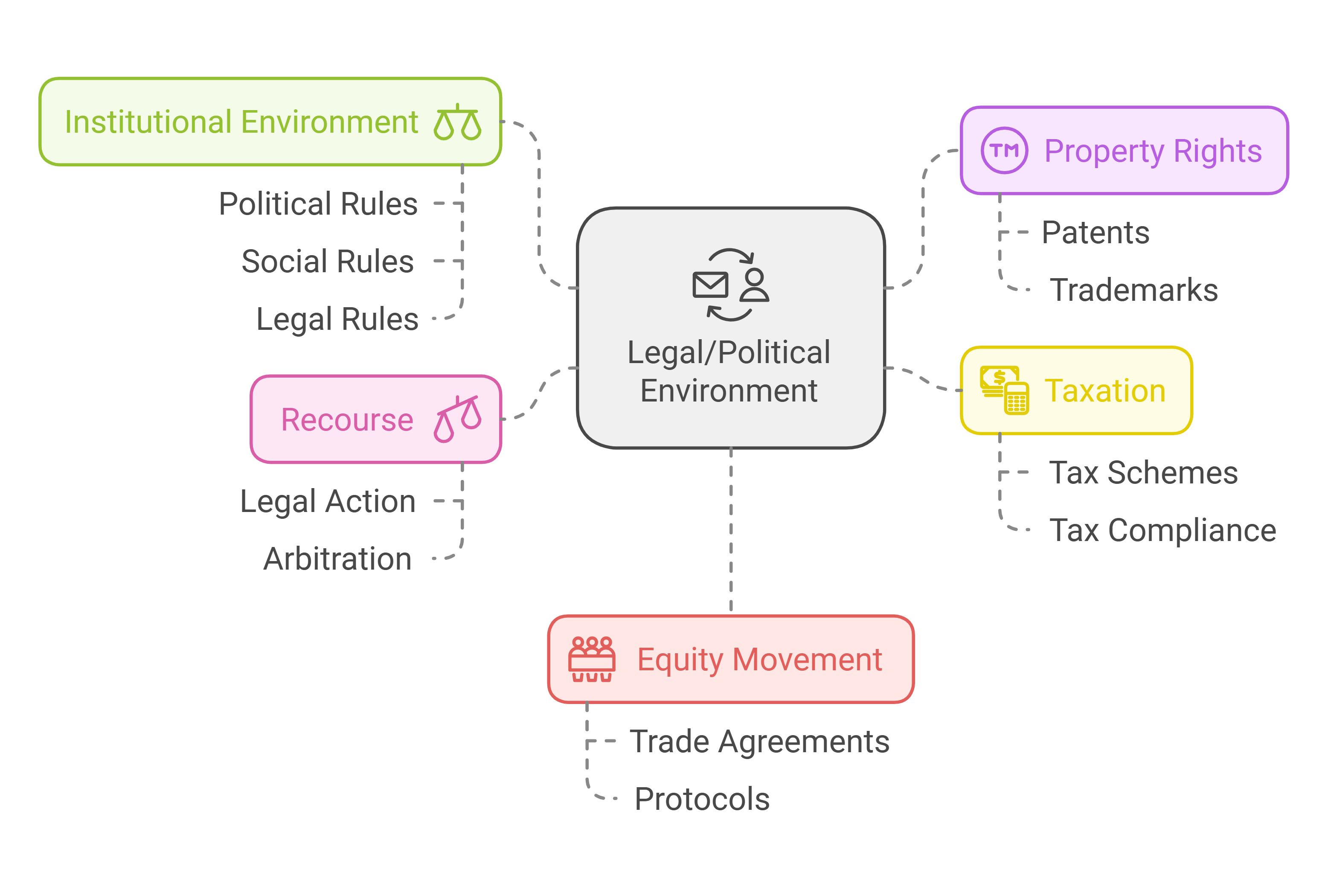
Example
Legal and Political Environment
Demographics
As we learned in Chapter 2, demographic factors include age distribution, population growth rates, urbanization trends, and education levels. Demographics shape market size, consumer needs, and product preferences across different segments.
Example
Demographics
Japan’s aging population has led to an increase in products and services catering to older consumers, such as easy-to-use smartphones and specialized healthcare services[26].
“Japan’s Population Is Getting Old, Faster” [2:17 min] by South China Morning Post[27]
If you are using a printed copy, you can scan the QR code with your digital device to go directly to the video: Japan’s Population Is Getting Old, Faster” [2:17 min] by South China Morning Post

Natural Resources
The availability and distribution of natural resources can influence production capabilities and market opportunities. Access to resources affects production costs, supply chain decisions, and product development strategies.
Example
Natural Resources
Tesla’s global expansion strategy considers the availability of lithium for battery production, influencing their decisions on where to locate manufacturing facilities and source materials[28].
Infrastructure
Infrastructure includes transportation networks, communication systems, and energy supplies. Well-developed infrastructure facilitates efficient distribution and market access, while poor infrastructure can pose significant challenges.
Example
Infrastructure
Greece’s digital transformation is revolutionizing its tourism industry[29]. Since 2020, the country has made significant strides in enhancing its communication infrastructure, starting with a 5G auction (A 5G auction is a process where governments sell the rights to use specific radio frequencies to telecom companies, enabling the deployment of 5G wireless networks and services.) and the adoption of a comprehensive “Digital Bible” strategy in 2021.
By 2022, Greece reported substantial improvements in high-capacity networks and 5G coverage, streamlining travel processes and enhancing the overall tourist experience.
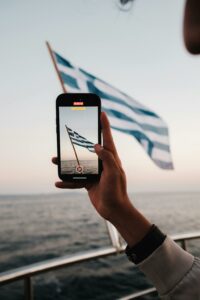
Looking ahead, Greece’s “Greece 2.0” plan (2023–2027) allocates significant funds for further digital advancements, including $176 million for 5G networks and $413 million for business digitalization in the tourism sector. These investments are transforming how tourists interact with Greece as a destination, offering seamless online bookings, real-time navigation, and enhanced social media connectivity.
As a result, Greece is positioning itself as a leader in tech-savvy tourism, combining its timeless allure with a thoroughly modern and connected travel experience.
Technology
Technological advancements and adoption rates vary across markets, affecting consumer behavior and business operations. Understanding technological landscapes helps companies tailor their digital strategies and product offerings.
Examples
Technology
Issues, Impacts, and Organizations in the Global Environment
The global environment is influenced by many factors, including:
- Trade blocs and agreements
- International trade organizations
- Sustainability and ethics
- Global events
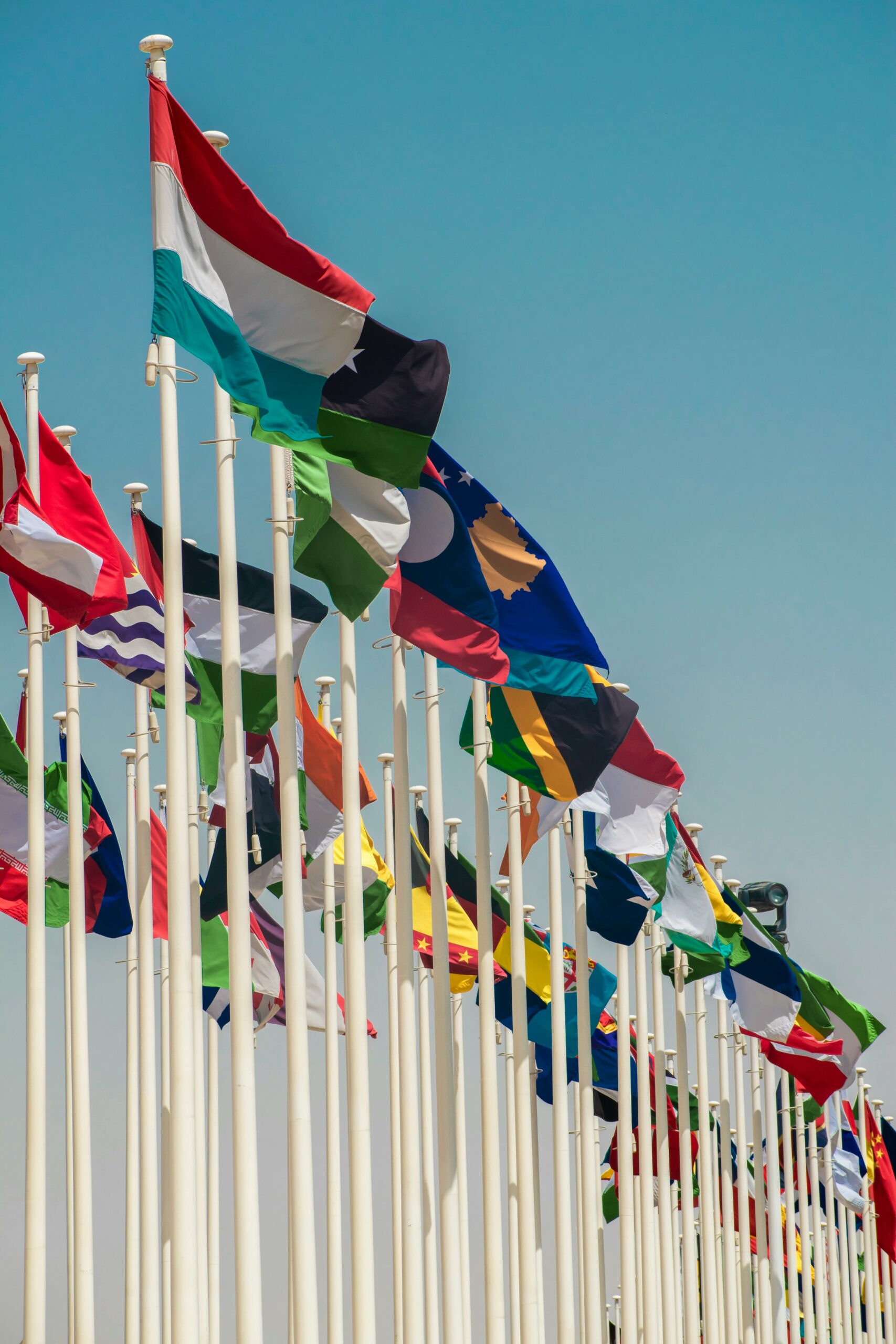
Trade Blocs and Agreements
Trade blocs are intergovernmental agreements that reduce barriers to trade among member countries. They aim to promote economic integration, reduce trade barriers, and increase economic cooperation among member states.
They typically work towards eliminating trade restrictions, while also fostering collaboration in various economic sectors. These trade restrictions include:
- Quotas: Government-imposed limits on the quantity or value of goods that can be imported or exported during a specific period.
- Tariffs: Taxes imposed on imported goods, making them more expensive and less competitive against domestic products.
- Embargoes: Complete bans on trade with specific countries or on certain goods.
Examples
Trade Blocks and Agreements
European Union (EU): A highly integrated economic and political union of 27 European countries with a single market and customs union.
North American Free Trade Agreement (NAFTA), now USMCA: A trilateral trade agreement between the United States, Mexico, and Canada, which was updated and renamed the United States-Mexico-Canada Agreement (USMCA) in 2020.
Association of Southeast Asian Nations (ASEAN): A regional intergovernmental organization comprising ten Southeast Asian countries, which has established various free trade agreements.
Mercosur (Southern Common Market): A South American trade bloc that includes Argentina, Brazil, Paraguay, Uruguay, and Bolivia (recently joined).
African Continental Free Trade Area (AfCFTA): The world’s largest free trade area, bringing together 55 countries of the African Union to create a single market for the continent.
For more information on regional trade agreements (RTAs), visit the World Trade Organization’s website[31].
International Trade Organizations
Several organizations play important roles in shaping global trade policies and practices:
- World Trade Organization (WTO): The WTO is the only global international organization dealing with the rules of trade between nations. It operates a global system of trade rules, acts as a forum for negotiating trade agreements, settles trade disputes between its members, and supports the needs of developing countries.
- International Trade Centre (ITC): The ITC works to enhance inclusive and sustainable growth and development in developing countries, especially least developed countries, through improving the international competitiveness of MSMEs (micro, small, and medium-sized enterprises). It focuses on improving national business and trade environments, enhancing the performance of trade support institutions, and improving the international competitiveness of MSMEs.
- World Customs Organization (WCO): The WCO represents 179 customs administrations around the world, dealing with 98 percent of international trade. It is the global centre of customs expertise and plays a crucial role in implementing trade facilitation agreements.
- International Chamber of Commerce (ICC): The ICC is the world’s largest business organization and plays a pivotal role in shaping global trade and investment practices. It establishes widely-used commercial terms like Incoterms, provides a framework for international arbitration and dispute resolution, and advocates for policies that enhance access to global markets.
- Organization for Economic Cooperation and Development (OECD): The OECD provides data, insights, and tools to monitor trade and supply chain resilience and sustainability. It helps governments shape domestic and international trade policies and contributes to promoting open markets and a rules-based international trading system.
Sustainability and Ethics in Global Trade
Sustainability and ethical considerations have become increasingly important in global trade:
- Fair Trade: A movement that aims to ensure fair prices and better working conditions for producers in developing countries.
- Corporate Social Responsibility (CSR): Companies are increasingly expected to consider their social and environmental impact in global operations.
- Sustainable Supply Chains: Businesses are focusing on creating environmentally friendly and socially responsible supply chains.
We examine these in more detail later in this chapter.
Impact of Global Events on International Trade
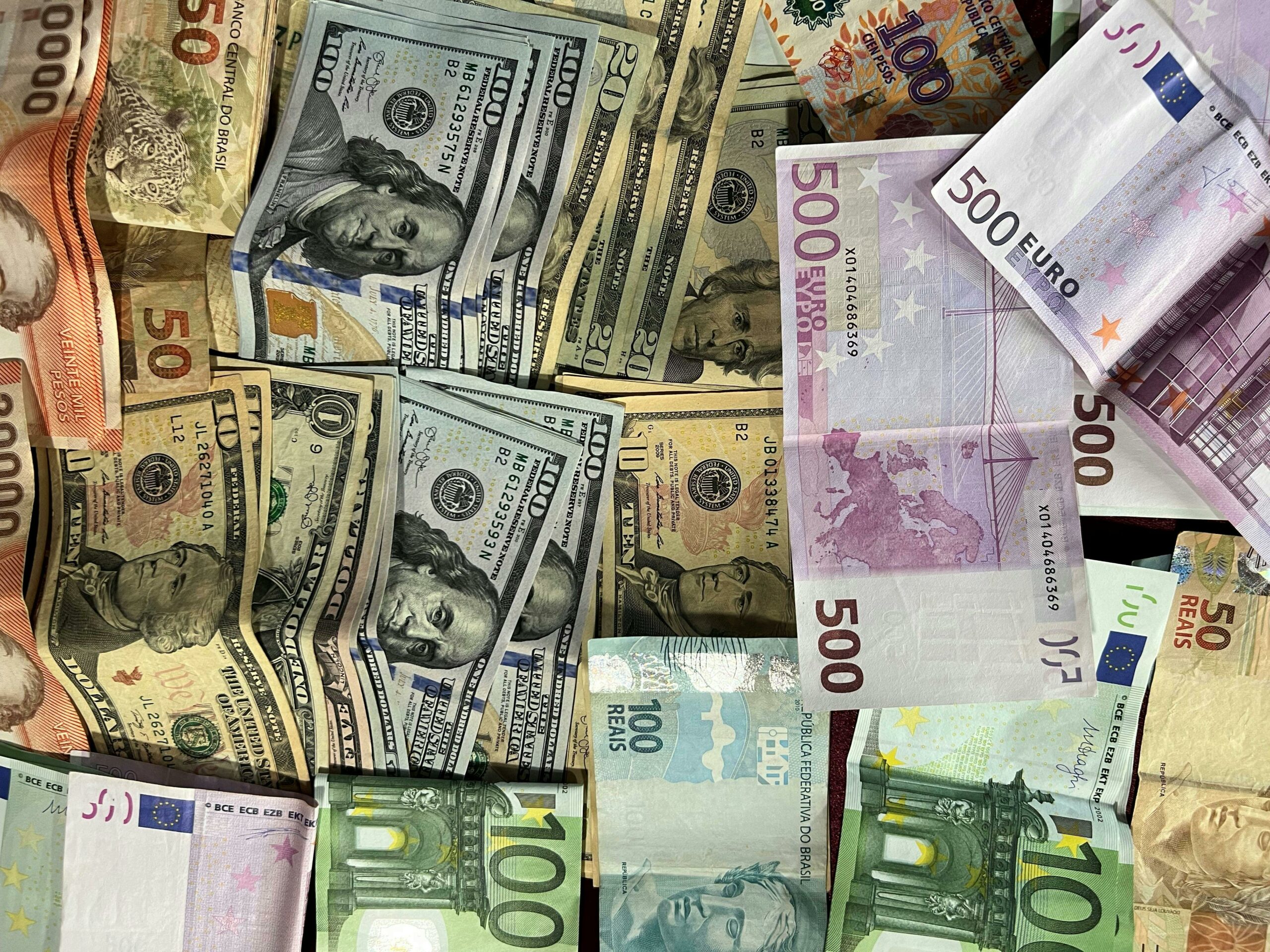
Global events can significantly affect international trade patterns:
- Political Upheaval: Events like Brexit[32] or trade wars between major economies can disrupt established trade relationships and create new barriers.
- Natural Disasters: These can disrupt supply chains and production capabilities, affecting global trade flows.
- Pandemics: As seen with COVID-19, global health crises can lead to widespread disruptions in international trade and supply chains.
- Economic Crises: Events like the 2008 financial crisis[33] can lead to decreased global demand and changes in trade patterns.
- Geopolitical Tensions: Conflicts between nations can result in trade sanctions, embargoes, and redirected trade flows.
Examples
Global Marketing and Market Entry
Coca-Cola’s localization strategies in different markets allow them to adapt flavours and marketing to local preferences[34].
Netflix’s global expansion tailors content and pricing to various international markets[35].
Starbucks’ successfully entered the tea-drinking culture of China by offering local tea-based beverages alongside its coffee products[36].
These examples demonstrate the importance of understanding local cultures, adapting products and services, and navigating complex regulatory environments when entering new markets.
Tracking Global Trends: Essential Tools for Understanding World Dynamics
In our interconnected world, tracking global trends is crucial for making informed decisions. Several reputable platforms offer valuable data and tools for this purpose:
Economic and Financial Indicators:
- Trading Economics:
- Real-time economic indicators for 196 countries
- Comprehensive economic calendar
- Market data on currencies, stocks, commodities, and bonds
- Customizable charts and data export options
- The Global Economy:
- Over 300 socio-economic indicators
- Country comparisons and rankings
- Interactive charts and maps
- Downloadable data for analysis
International Organizations’ Data:
- OECD Data:
- Comprehensive data on education, employment, and environment
- Interactive visualization tools
- Regular economic outlooks and policy analyses
- Specialized dashboards (e.g., gender equality, regional development)
- 2024 Tourism Trends and Policies report[37]
- World Bank Open Data:
- Time series data for over 200 countries
- Topics include poverty, climate change, and trade
- Data visualization tools and country profiles
Global Trends and Demographics:
- World Economic Forum:
- Insights on global issues
- 2024 Travel & Tourism Development Index (TTDI) [38]
- Transformation Maps for understanding global trends
- World Population Review:
- Global population data and demographics
- Real-time population estimates
- Detailed country, state, and county profiles
Media Attributions
- Figure 1: “Key aspects of global marketing” [created using Napkin.ai] by the author is under a CC BY-NC-SA 4.0 license.
- Figure 2: “Go Global” by Nick Youngson, via Pix4free.org and The Blue Diamond Gallery, is used under a CC BY-SA 3.0 license.
- Figure 3: “Reasons for going global” [created using Napkin.ai] by the author is under a CC BY-NC-SA 4.0 license.
- Figure 4: “Moxy Hotel at The NEC Birmingham – sign” by Elliott Brown (2020), via Flickr, is used under a CC BY-NC-SA 2.0 license.
- Figure 5: “Hong Kong Disneyland Signs” by Joel (2008), via Flickr, is used under a CC BY-ND 2.0 license.
- Figure 6: “Metaverse, Virtual reality, Woman” by Riki32 (2022), via Pixabay, is used under the Pixabay content license.
- Figure 7: “Global expansion strategies” [created using Napkin.ai] by the author is under a CC BY-NC-SA 4.0 license.
- Figure 8: “Elements shaping the global environment” [created using Napkin.ai] by the author is under a CC BY-NC-SA 4.0 license.
- Figure 9: “McAloo Tikki” by Ian Brown (2012), via Wikimedia Commons, is used under a CC BY 2.0 license.
- Figure 10: “Legal and political environment” [created using Napkin.ai] by the author is under a CC BY-NC-SA 4.0 license.
- Figure 11: “Man Hand Holding Smartphone and Recording Flag of Greece” by Airam Dato-on (2023), via Pexels, is used under the Pexels license.
- Figure 12: “WeChat Pay and AliPay” by Victor Zheng (2018), via Flickr, is used under a CC0 1.0 license.
- Figure 13: “Flags of Different Countries on White Flagpoles” by aboodi vesakaran (2023), via Pexels, is used under the Pexels license.
- Figure 14: “International Banknotes Pile Featuring Various Currencies” by Valmir Zanellato (2024), via Pexels, is used under the Pexels license.
- Christofi, M., Kvasova, O., & Hadjielias, E. (2024). COVID-19 pandemic: advancing international marketing theory and guiding practice. International Marketing Review, 41(7), 140–162. https://doi.org/10.1108/IMR-03-2024-0074 ↵
- Iskiev, M. (2024). The 2024 state of marketing & trends report: Data from 1,400 global marketers. Hubspot. https://blog.hubspot.com/marketing/hubspot-blog-marketing-industry-trends-report ↵
- World Trade Organization. (2019). Trading forward [Video]. YouTube. https://youtu.be/nNcawZ-2mJ4?si=riZB7-9O9cGmNLRa ↵
- Brand Vision. (2024). Top social media campaigns by big brands in 2024. https://www.brandvm.com/post/social-media-campaigns-by-brands-2024 ↵
- Nike Football. (2023). What the football | Nike Football [Video]. YouTube. https://youtu.be/A88_zS3IAaQ?si=JhiUKkvH1fKyUK-V ↵
- Hollander, J. (2024). All of Marriott’s hotel brands explained. HotelTechReport. https://hoteltechreport.com/news/marriott-hotel-brands ↵
- Marriott International (2024). Moxy Hotels marks a decade of stylish and playful hospitality, anticipating to reach 100 hotels in Europe by the end of 2025 [Press release]. https://marriott.pressarea.com/en/pressrelease/details/20855 ↵
- Tang, P. (2012). Different Disneylands around the world. BBC. https://www.bbc.com/travel/article/20121213-different-disneylands-around-the-world ↵
- Albarino, S. (2023). Booking.com’s Chris Dell on localizing the world’s largest travel platform. Slator. https://slator.com/booking-com-chris-dell-localizing-worlds-largest-travel-platform/ ↵
- Zelinski, A. (2024). Royal Caribbean is cruising again in China. Travel Weekly. https://www.travelweekly.com/Cruise-Travel/Royal-Caribbean-cruises-in-China-return ↵
- Chase-Lubitz, J. (2024). TUI taps into African tourism with hotel push. Skift. https://skift.com/2024/04/16/tui-taps-into-african-tourism-with-hotel-push/ ↵
- SnowBrains. (2024). Vail Resorts announces 4 million of resort improvements and upgrades for 2025. https://snowbrains.com/vail-resorts-announces-254-million-of-resort-improvements-and-upgrades-for-2025/ ↵
- Tubeza, P. (2024). Top hospitality school EHL eyes ‘huge” China market. China Daily. https://www.chinadailyhk.com/hk/article/581112 ↵
- Michigan Ross Business+Tech. (n.d.). AR and VR's ground-breaking influence on the hospitality sector. Retrieved December 19 2024, from https://businesstech.bus.umich.edu/uncategorized/ar-and-vrs-ground-breaking-influence-on-the-hospitality-sector/ ↵
- Carlson, C. (2023). Unleashing the power of AR and VR in the future of hospitality [Article]. LinkedIn. https://www.linkedin.com/pulse/unleashing-power-ar-vr-future-hospitality-cameron-carlson-9ntwc/ ↵
- Hilton. (2023). Hilton expands franchise model in greater China to include its DoubleTree by Hilton brand, deepens agile growth opportunities in the region’s upscale segment [Press release]. https://stories.hilton.com/apac/releases/hilton-expands-franchise-model-in-greater-china ↵
- Shanghai Disneyland. (2024). In Wikipedia. https://en.wikipedia.org/w/index.php?title=Shanghai_Disneyland&oldid=1257157213 ↵
- Gill, R. (2022). Marriott to expand in Europe with ‘select service’ brands. BTN Europe. https://www.businesstravelnewseurope.com/Accommodation/Marriott-to-expand-in-Europe-with-select-service-brands ↵
- The Wall Street Journal. (2023). McSpaghetti? How McDonald’s crafts its country-exclusive menus | WSJ the economics of [Video]. YouTube. https://youtu.be/AGO-c-8QXh0?si=_TrM6SRPIeTbtZhN ↵
- TEDx Talks. (2015). The myth of globalisation | Peter Alfandary | TEDxAix [Video]. YouTube. https://youtu.be/xUYNB4a8d2U?si=MWW5788MaBGJCUE_ ↵
- Hofstede, G. (2011). Dimensionalizing cultures: The Hofstede model in context. Online Readings in Psychology and Culture, 2(1). https://doi.org/10.9707/2307-0919.1014 ↵
- Hofsted, G. J. (n.d.). The 6-D model of national culture. Geert Hofstede. Retrieved December 19, 2024, from https://geerthofstede.com/culture-geert-hofstede-gert-jan-hofstede/6d-model-of-national-culture/ ↵
- The Culture Factor Group. (n.d.). Country comparison tool. Retrieved December 19, 2024, from https://www.theculturefactor.com/country-comparison-tool ↵
- World Travel & Tourism Council. (n.d.). Travel & tourism economic impact tesearch. Retrieved January 9, 2025, from https://wttc.org/research/economic-impact ↵
- Presidente, G., & Benedikt-Frey, C. (2022). The GDPR effect: How data privacy regulation shaped firm performance globally. VoxEU. https://cepr.org/voxeu/columns/gdpr-effect-how-data-privacy-regulation-shaped-firm-performance-globally ↵
- Okamura, N. (2024). Changing trends due to Japan's ageing population. Tokyoesque. https://tokyoesque.com/changing-trends-due-to-japans-ageing-population/ ↵
- South China Morning Post. (2023). Japan’s population is getting old, faster [Video]. YouTube. https://youtu.be/V8__qrDCCsc?si=DVQcAKKP9kHLWq-- ↵
- Swallow, T. (2023). Turning Tesla into a global electrification conglomerate. EV Magazine. https://evmagazine.com/charging-and-infrastructure/turning-tesla-into-a-global-electrification-conglomerate ↵
- International Trade Administration. (2024). Greece - Country commercial guide. International Trade Administration, U.S. Department of Commerce. Retrieved from https://www.trade.gov/country-commercial-guides/greece-digital-economy ↵
- GlobalData. (2024). Mobile wallets dominate China payment landscape with over 84% user adoption, reveals GlobalData [Press release]. https://www.globaldata.com/media/banking/mobile-wallets-dominate-china-payment-landscape-with-over-84-user-adoption-reveals-globaldata/ ↵
- World Trade Organization. (n.d.). Regional trade agreements. Retrieved December 19, 2024, from https://www.wto.org/english/tratop_e/region_e/region_e.htm ↵
- Wallenfeldt, J. (2025, January 9). Brexit. Britannica. https://www.britannica.com/topic/Brexit ↵
- Singh, M. (2024). The 2008 financial crisis explained. Investopedia. https://www.investopedia.com/articles/economics/09/financial-crisis-review.asp ↵
- Accelingo. (2023). Coca-Cola’s global marketing strategy: Adaptability and simplicity. https://www.accelingo.com/coca-colas-global-marketing-strategy/ ↵
- Shafer, S., Fuk, J., Nator, K., & Chandakas, M. (2022). Netflix global pricing strategy, 2022. S&P Global. https://www.spglobal.com/market-intelligence/en/news-insights/research/netflix-global-pricing-strategy-2022 ↵
- Shuyi, J. (2024). Starbucks adds new tea drinks to China menu amid growing trend. Yicai Global. https://www.yicaiglobal.com/news/starbucks-adds-new-tea-drinks-to-china-menu-amid-growing-trend ↵
- Organisation for Economic Co-operation and Development. (2024). OECD tourism trends and policies 2024. OECD Publishing. https://doi.org/10.1787/80885d8b-en ↵
- World Economic Forum. (2024). Travel & tourism development index 2024. https://www3.weforum.org/docs/WEF_Travel_and_Tourism_Development_Index_2024.pdf ↵


